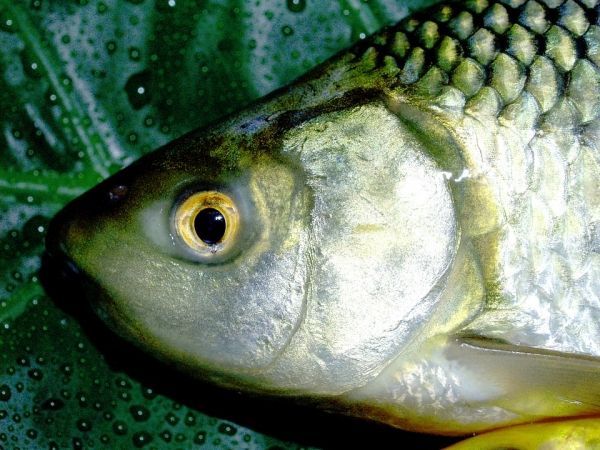Predators are not only a deadly threat to many animals, they also affect potential prey negatively simply by being nearby. Researchers at Lund University in Sweden have studied what happens to the prey’s immune system when they are forced to expend a large amount of their energy on avoiding being eaten.
To protect themselves, certain animals switch colour, while others change their body shape. An example of the latter is the fish species crucian carp, which changes shape when coexisting with their natural predator, the northern pike. Instead of its normal oblong body shape, the crucian carp increases in height and resembles a discus. This makes it considerably more difficult for the pike to eat it, and increases the carp’s chances of survival.
The researchers in Lund studied whether this type of body change for protection against predators affects the prey’s immune system. The results are clear: animals at risk of being attacked by predators generally have an weaker immune system compared with animals that are not threatened.
The presence of predators can thus have hidden but potentially important effects on the prey’s chances of survival.
Read more at Lund University
Photo Credit: 41330 via Pixabay


